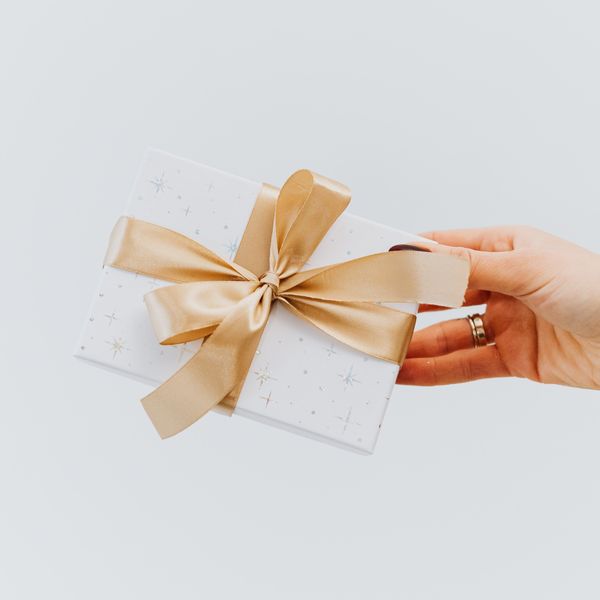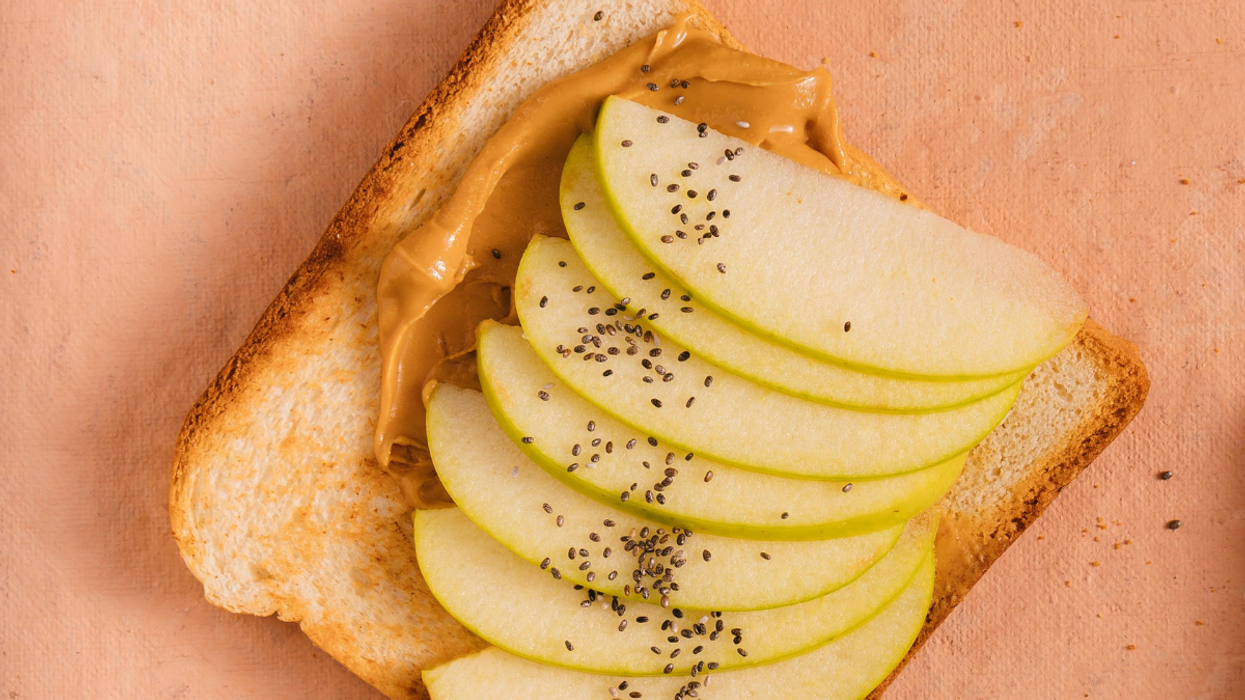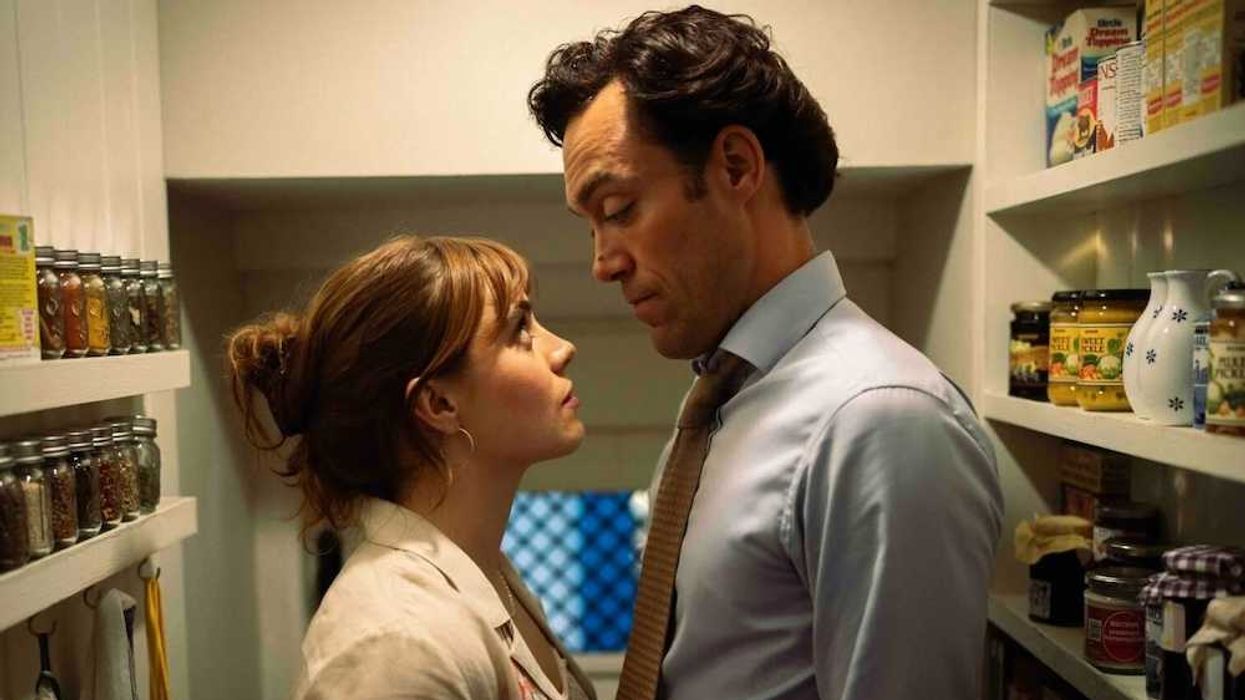Keep that garden growing.
The Absolute Best (and Easiest) Plants to Grow Indoors This Fall

By Sarah SchuhSep 21, 2017
Sarah Schuh
Home Decor. Entertaining. Travel. Lifestyle.
'Grammer, dreamer, trip planner. Forever coming up with my next creative endeavor. Until then, I'm documenting everything I like on paper, er, the digital world.
 Just because the temps are dropping doesn't mean you need to give up your green thumb. In fact, fall is the perfect time for certain plants to thrive in the home. If you're looking for ideas to get that indoor garden going — and growing! — here are 10 of the coolest house plants to bring inside for the season.
Just because the temps are dropping doesn't mean you need to give up your green thumb. In fact, fall is the perfect time for certain plants to thrive in the home. If you're looking for ideas to get that indoor garden going — and growing! — here are 10 of the coolest house plants to bring inside for the season.
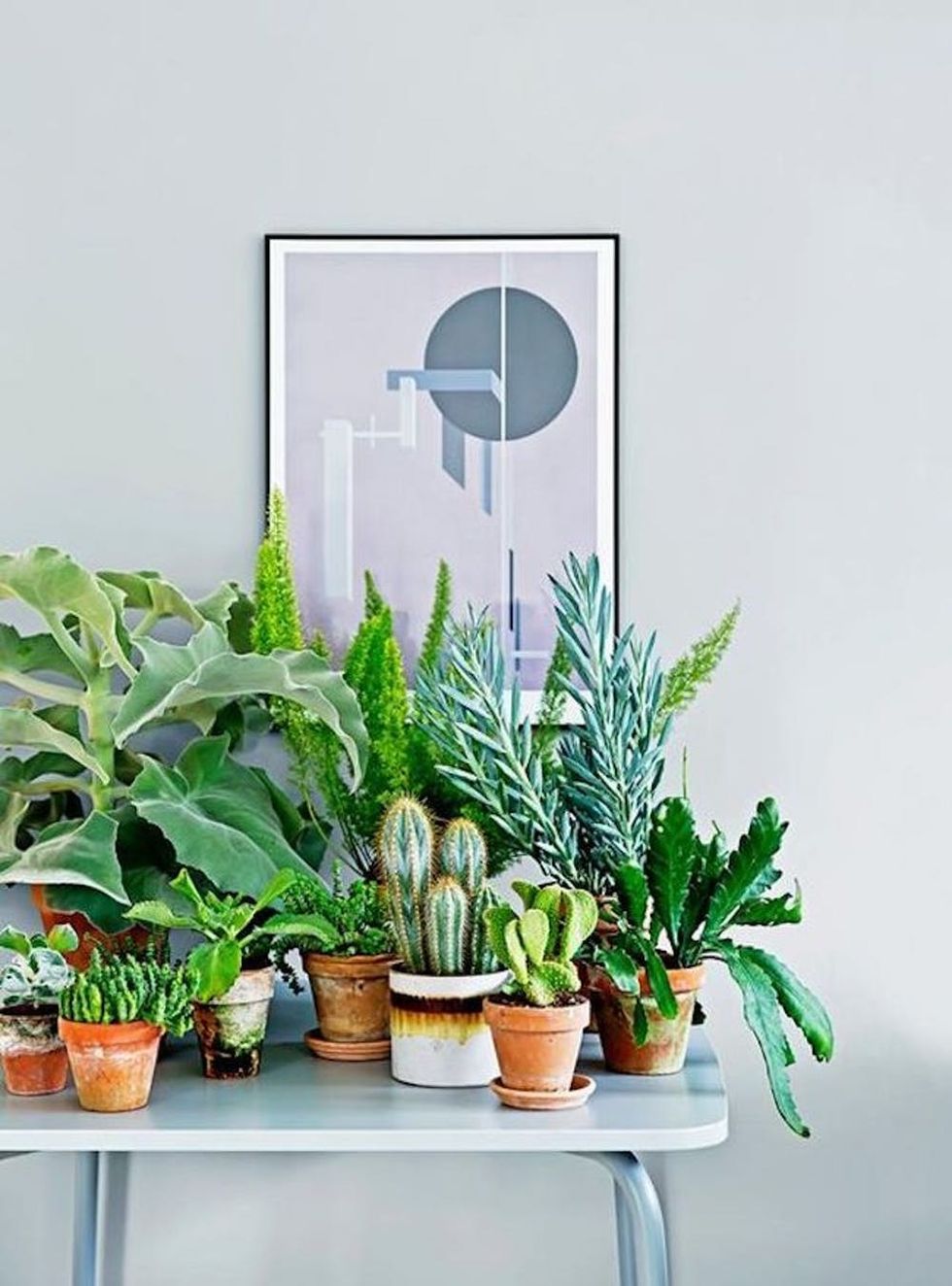 Kalanchoe: Consider this varietal a fancy title for a thick-leaved succulent. Unlike your traditional low-maintenance option, this one produces a gorgeous seasonal bloom that pops during the cooler months. (via Homes to Love)
Kalanchoe: Consider this varietal a fancy title for a thick-leaved succulent. Unlike your traditional low-maintenance option, this one produces a gorgeous seasonal bloom that pops during the cooler months. (via Homes to Love)
 Moth Orchid: These gems grow best in cooler indoor environments. (via Home Edit)
Moth Orchid: These gems grow best in cooler indoor environments. (via Home Edit)
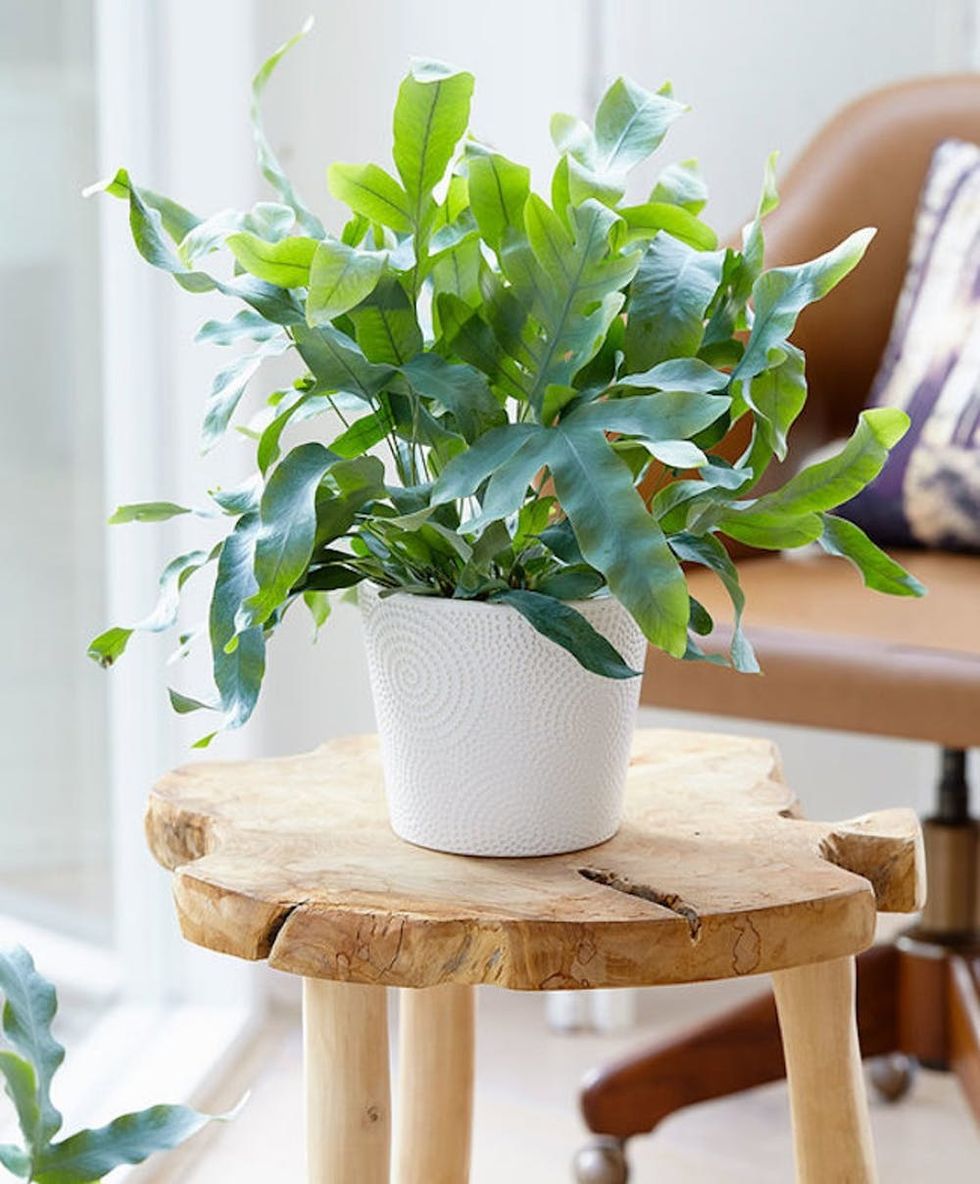 Blue Star Fern: If overwatering is always your prob, then this should be your pick. It loves moist soil and does well in low-light conditions.
(via Bakker)
Blue Star Fern: If overwatering is always your prob, then this should be your pick. It loves moist soil and does well in low-light conditions.
(via Bakker)
 Corn Plant: Greenhouse newbie? Opt for this plant that is notoriously easy to take care of. (via IKEA)
Corn Plant: Greenhouse newbie? Opt for this plant that is notoriously easy to take care of. (via IKEA)
 Echeveria: Here's another succulent native to desert regions. Translation: It thrives without a lot of water and nutrients, making it ideal for the more desolate seasons of the year. (via Julia Kostreva)
Echeveria: Here's another succulent native to desert regions. Translation: It thrives without a lot of water and nutrients, making it ideal for the more desolate seasons of the year. (via Julia Kostreva)
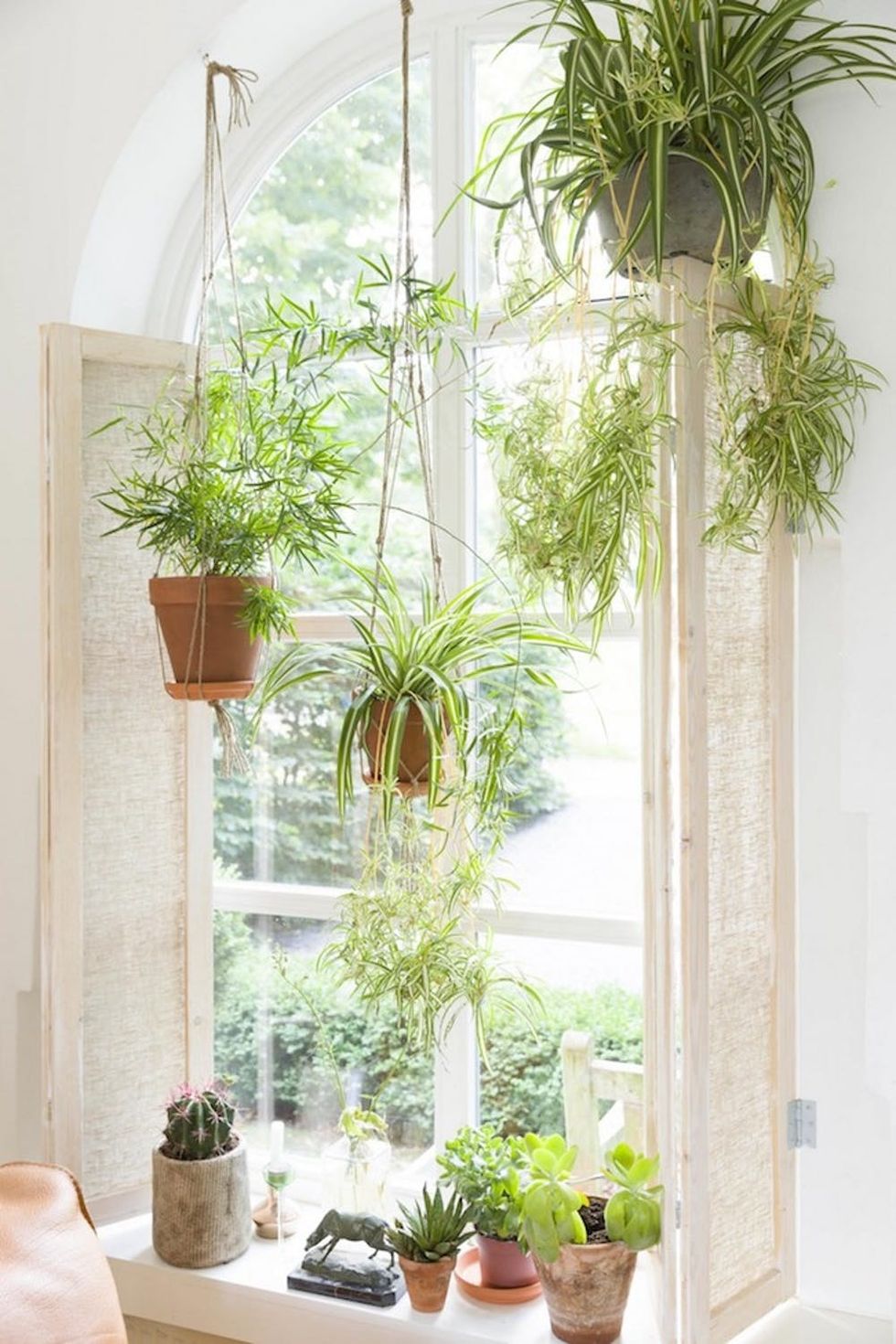 Spider Plant: Looking for something that goes great with your hanging planter? Try the adaptable spider plant which requires very little to stay alive and sprouts cute little bbs in happy conditions. (via Home Deco)
Spider Plant: Looking for something that goes great with your hanging planter? Try the adaptable spider plant which requires very little to stay alive and sprouts cute little bbs in happy conditions. (via Home Deco)
 Pothos: This plant baby looks great cascading over anything and stays that way for all four seasons of the year.
(via Apartment Therapy)
Pothos: This plant baby looks great cascading over anything and stays that way for all four seasons of the year.
(via Apartment Therapy)
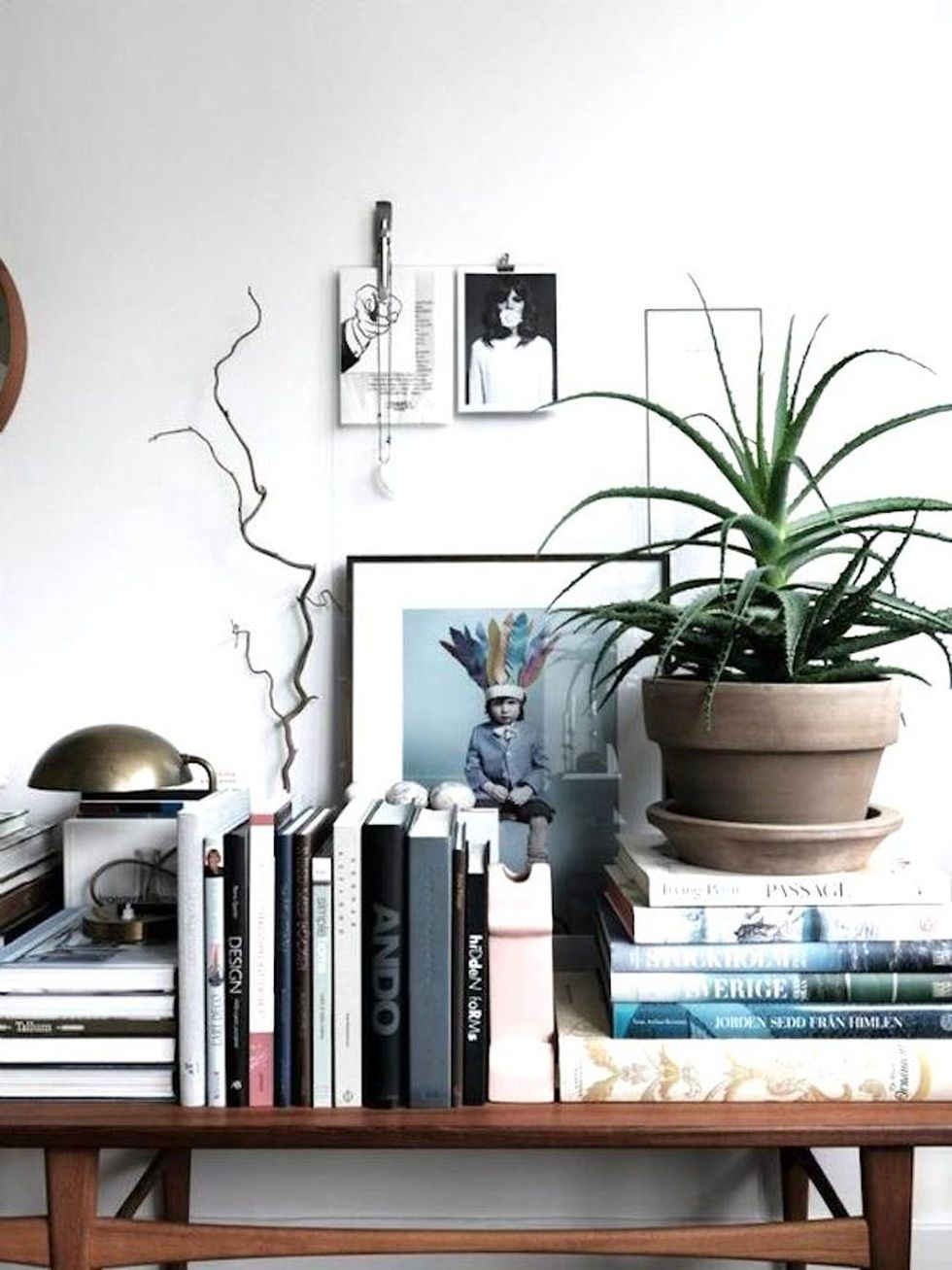 Aloe Vera: Believe it or not, your go-to for sunburn relief also doubles as a pretty perfect fall houseplant. (via Apartment Therapy)
Aloe Vera: Believe it or not, your go-to for sunburn relief also doubles as a pretty perfect fall houseplant. (via Apartment Therapy)
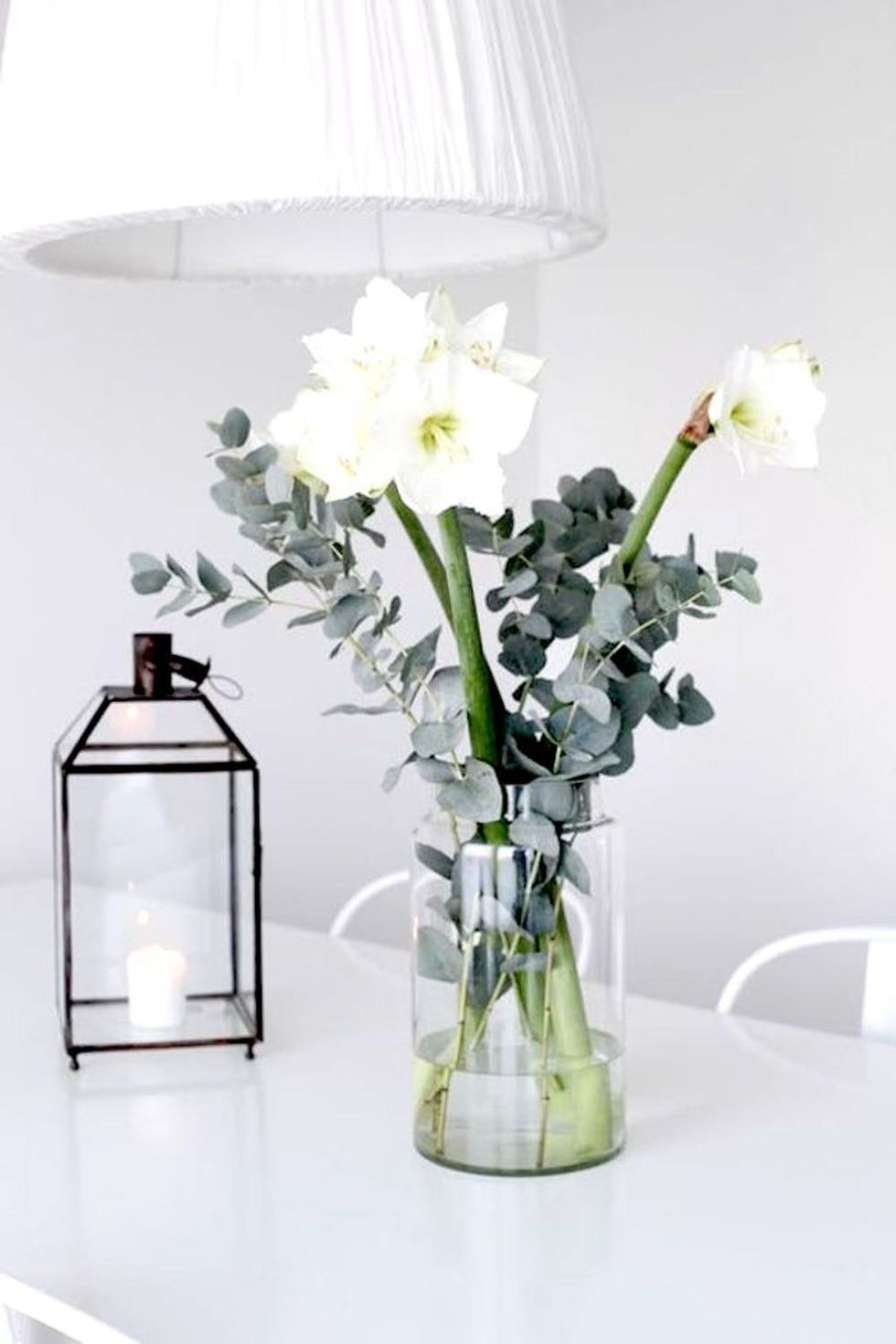 Amaryllis: If you love a good bloom, this one is your best bet to bring inside. Just be sure to keep it situated close to a window to give it ample light to grow. (via My White House)
Amaryllis: If you love a good bloom, this one is your best bet to bring inside. Just be sure to keep it situated close to a window to give it ample light to grow. (via My White House)
What fall plants are your favorite? If you’re looking for more indoor gardening ideas, follow us on Pinterest for additional plant inspo.
The Latest
Make Your Inbox Your Happy Place
Get freebies, inspo, & more delivered to you.



